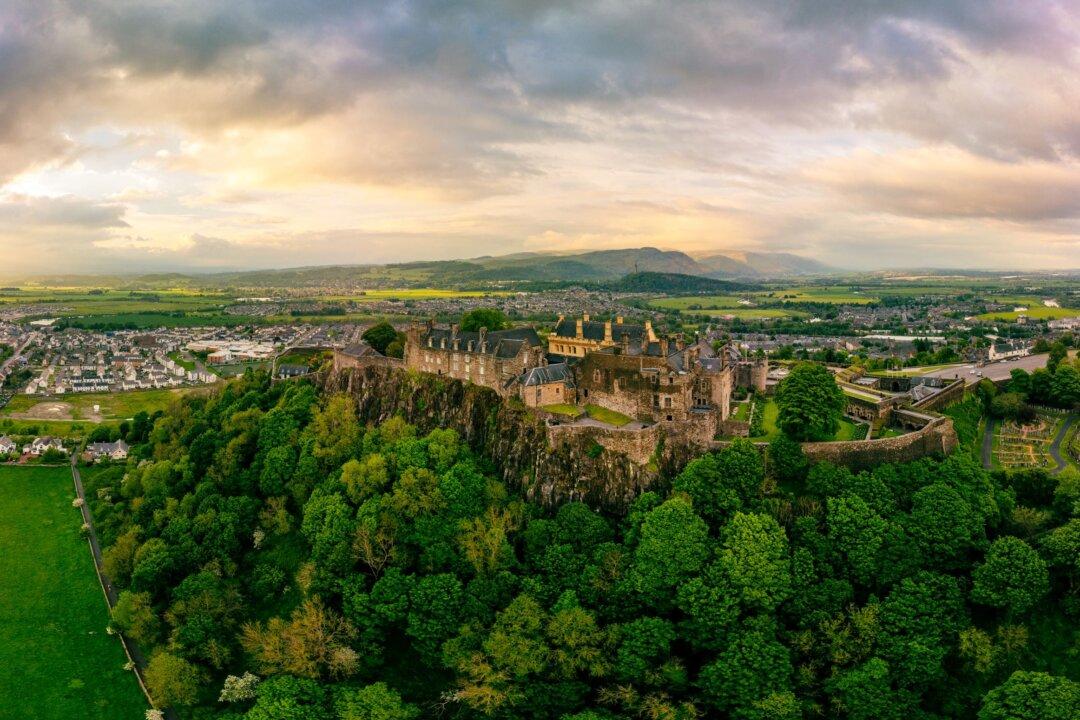Strategically located between the Highlands and the Lowlands, Stirling Castle is set high on a volcanic outcrop in Stirling, Scotland. The medieval estate hosts numerous buildings in varied architectural styles, reflecting the castle’s fascinating past and legacy.
Over the centuries, new buildings were added to the oldest surviving part of the castle, the North Gate. The principal and present structures, including the forework (exterior fortifications), great hall, royal chapel, and royal palace, were constructed between 1490 and 1600, under Kings James IV, James V, and James VI. They transformed Stirling Castle from a defensive castle to a European royal residence with English, French, and German architectural influences.






